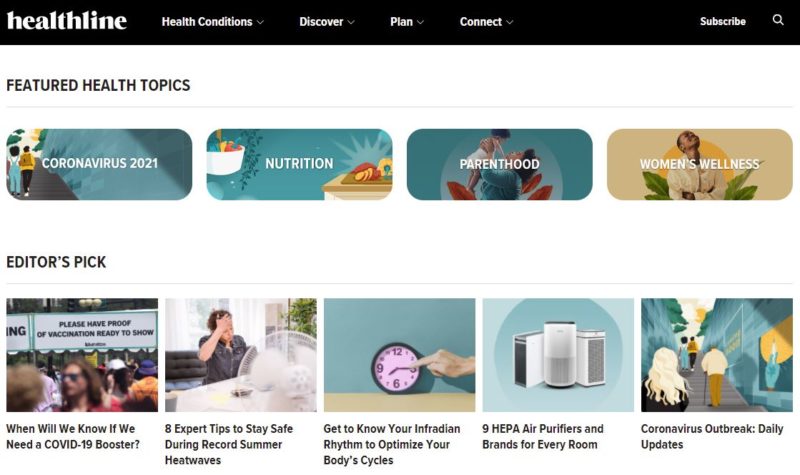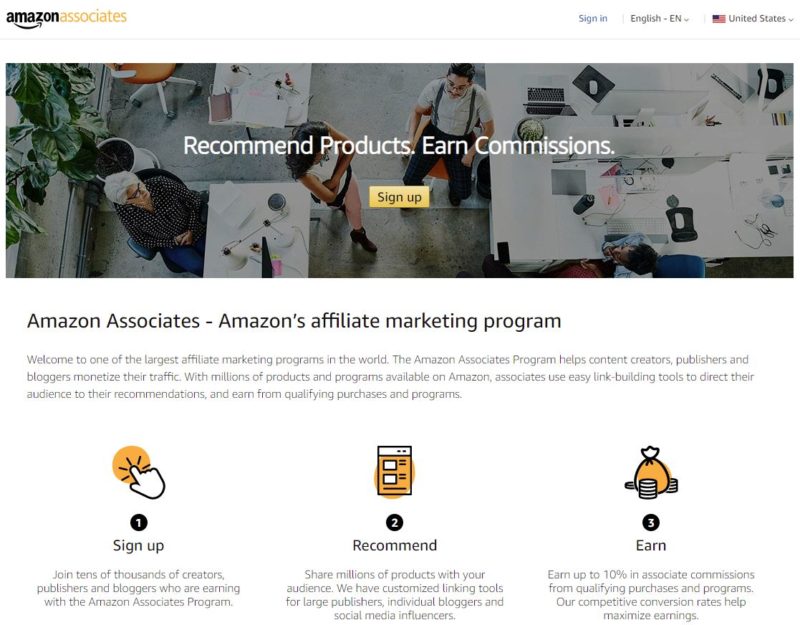
Welcome back to Flexibility Is Freedom!
This month, I completed my niche research and selected my next two websites. 😎
(keep reading as I'll discuss which ones and why I picked them)
As a result, this month's income report is a massive one - covering everything from niche research to keyword research to content planning.
So grab yourself a cup of coffee and let's get started!
First, here's a run-down of March performance.
Revenue improved MoM but is still way down YoY and relative to Q4 2020.
Sessions remained about the same so it was primarily driven by higher RPMs.
Even so, it's nice to see an uptick, especially since I spent 0% of my time on it this month.
Going forward, I'll likely dedicate 5-10% of my time to optimize content, publish 1-2 posts a month, and reinvest the cash flow into backlinks via an agency like SEOButler.
This way, I can keep the website active while I work on setting up new ones.
Last month, I touched on niche research and a couple different ways to brainstorm ideas.
This month, I used an excellent framework from The Authority Site Sytem 3.0 to further define and refine my niche research and niche selection process.
Overall, the framework boils down to three key factors:
Now, let's discuss each of these factors.
I call it the "trifecta" (no Illuminati comments, please) because you need all three to have the best chance for success.
It's like the TriForce in Legend of Zelda!
Obviously, you need visitors on your website.
The standard methodology is to look for "high traffic, low competition" keywords.

The real question, however, is a question of tradeoffs.
How low are you willing to go in terms of search volume to find low competition (and presumably easier-to-rank-for) keywords?
Some approaches, like the Avalanche Theory on Builder Society, recommend going extremely low (0-10 estimated searches a month for a new website 🤔).
However, there really isn't a one-size-fits-all approach. Traffic analysis should be predicated on the value of this traffic (as determined by monetization options or proxied by the cost per click).
If there are high-paying, high-converting, and sustainable monetization options, I'd feel pretty comfortable going for lower volume keywords (50-100).
But if there are few monetization options and/or Amazon is the only game in town, I'd be much more disciplined about keyword volume.
Next, we need to evaluate keyword difficulty and this is the most difficult step.
As I mentioned earlier, the general principle (an assumption, really) is that lower volume keywords will be easier to win (due to less competition for them).
However, if I've learned anything from my experience (within the context of the broader health & fitness industry), it's that you must be spatially aware of your high domain authority (DR/DA) competitors.

There's a point at which a website / brand completely dominates their industry (e.g. healthline.com in health, thesprucepets.com in pets) that it creates its own field of gravity.
(gravity, here, being an analogy for domain authority)
In my experience, a high DR/DA competitor will naturally attract keywords into its "orbit", even if its corresponding page is not very relevant for the keyword.
This means position #1-3 or even #1-5 might be permanently unavailable for smaller websites.
So even if you produce the best, most relevant, and most user-friendly content, you still cannot overcome the huge difference in domain authority.
In short, evaluating keyword difficulty requires excellent judgment and niche experience.
The next factor, and the most important, is the quality of monetization options.
I learned the hard way about the risk of relying on a single merchant (Amazon) who can singlehandly cut their commission rates and/or restructure their program.

(Amazon Europe already rolled out a modified affiliate program last year 🤔)
It's definitely one of the downsides of affiliate marketing (total lack of control).
That's why I spent most of my time during niche research evaluating the merchants, affiliate programs, and overall industry sustainability.
Once again, it's usually a game of tradeoffs.
The best merchants tend to have the worst affiliate programs. Case in point:
But... if they have a high conversion rate (like Amazon: 15-20% in my experience), then overall earnings per hundred clicks (EPC) might be reasonable.
For example, I had an average EPC of $10-12 with Amazon (post April 2020 rate cut) compared to only $2 with Sephora and $4 with Ulta Beauty.
However, with some private merchants, I regularly achieved $100+ EPC. 😎
For my new projects, I'm looking for a good balance between:
A quick-and-dirty way to "feel out" the affiliate programs is to check where top competitors are sending their traffic in Ahrefs Linked Domains.
Finally, the last factor is passion (or at the very least, a strong interest).
You'll be more likely to persevere through challenges (and the lack of short-term results) when you're truly passionate about a topic.
With my first website, I definitely checked the box on passion and in retrospect, I would 100% agree that it's helped me keep going after every obstacle.
If it were a topic that I was less interested in, I may have given up much earlier.
Now, one of the challenges that many people face is they don't have a "passion" or perhaps they have too many passions to choose from.
That's why I think you only need to have a "strong interest" to start with, as you'll eventually develop a passion (or a better understanding) of your niche over time.
On the other hand, just because you have a passion for something, doesn't mean it'll be profitable if you can't build organic traffic and monetize well (the first two factors).
Next, I'll compare my niche selection process today vs. 2+ years ago.
When I first started, I used more-or-less the same framework to "find" my niche. Although I must say I was very biased towards skincare due to my interest.
In comparison, I put much more emphasis on traffic and especially monetization during this recent round of niche selection, and less so on passion.
In other words, my process focused on maximizing traffic/monetization potential, subject to a minimum level of "passion".
And this led me to pick the following niches...
Now, I'll finally talk about my two niche selections.
However, I won't be releasing the domain names this time, partly to keep their backlink profiles separate but also to prevent any competitive disadvantage from doing so (if any).
My first pick is Pets (I know, big surprise! 🤣).
It's obviously a huge industry with a ton of competition from institutional websites (like TheSprucePets), YouTubers, Instagramers, and affiliate marketers.
I will be targeting a specific subset of pets (not dogs or cats) that I think is attractive from a traffic and monetization perspective:
Now, here are the major risks that I've identified:
Overall, my thesis is to build ~5,000-10,000 sessions a month of traffic from a mix of informational and commercial keywords, monetize (and optimize) with Chewy.com in the form of text links, buttons, sidebar banners, and pop-ups, and exit in 2 years.
With a flat rate program, it opens up interesting opportunities in lower price items so you can promote the lowest barrier, highest converting offers to your audience, since you make the same $20 CPA whether they buy $10 or $100.
Here's a simple downside and upside scenario:
In addition, I believe my assumptions are very conservative:
Now, onto my second pick: VPNs.
This one is pretty interesting. I knew that the monetization options were good so it was more a question of finding the right angle to build targeted traffic.
When you have good affiliate programs, it's bound to attract a ton of competition (e.g. hosting, SaaS, mattresses, credit cards, travel, etc.).
If you can find a creative angle or alternative traffic source (YouTube, Pinterest), you might be able to avoid the competition while still monetizing relatively well:
Like before, here are the major risks that I'm concerned about:
Now, unlike my skincare website and the pets niche, I don't see this one being affected by any E.A.T. or YMYL related issues, which is good for my overall portfolio.
I also like that there's a healthy degree of merchants, excellent affiliate programs, and I believe current commission rates will be sustainable for the long-term.
Overall, my thesis is to build ~10,000-20,000 sessions of traffic in 24-36 months from primarily informational queries and monetize with VPN products in text links, buttons, sidebar banners, popups, emails, and more.
Unlike the pets niche (namely, its reliance on Chewy), I'm not as concerned about exiting quickly. I'd be fine to hold this asset for 2-4+ years but will consider selling it depending on market valuations and my own personal needs.
Here's a simple downside and upside scenario:
Here's my thinking behind these assumptions:
That's it for the niche research and niche selection process. I'm extremely relieved to have picked my two niches and it definitely took a very long time.
I was originally going to spend all of March on niche research but I wrapped up early and have started building one of them already.
I also wanted to discuss additional topics in this month's income report, but because it's gotten a lot longer than I intended, I will save those for next month.
My next steps are to setup the first website, publish content and build a v1.0, get approved by the affiliate networks and merchants, run an Adwords fishing campaign to validate search volume for my target keyword, and then re-evaluate from there.
To Flexibility and Freedom,
Tom